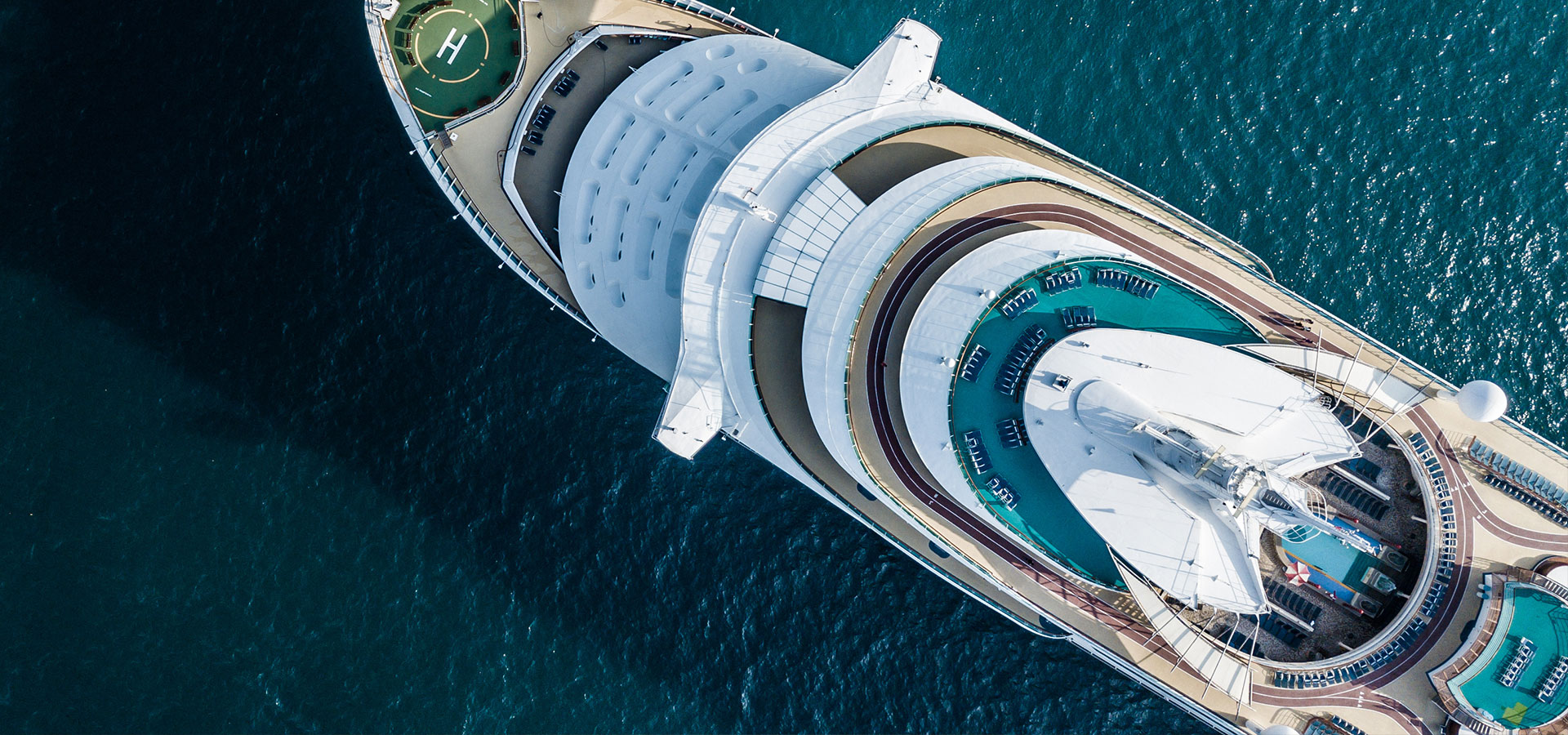The economics of cruising are as fascinating as they are counterintuitive.
A few weeks ago, John Delaney, president of Seattle-based Windstar Cruises, stood on a scaffold at a historic shipyard in Palermo, Italy, and took a blowtorch to the Star Breeze, a 30-year-old, 212-passenger motor yacht.
With sparks flying, and shipyard workers and guests cheering him on, Delany made the final vertical cut to chop Star Breeze in half. But he was hardly destroying the small ship—he was doing just the opposite.
In a process called “stretching,” the Star Breeze is getting pulled apart to make room for a new, 84-foot, 1,250-ton prefab midsection addition. Think of it like pulling apart two pieces of Legos and putting another block in between. But with a ship.
After four months of surgery, the all-suite Star Breeze will be bigger, more luxurious, and more profitable. When she debuts again in February, she’ll have 50 new suites to house 100 additional guests, a 50% increase in passenger capacity, and command higher rates for her shiny new cabins. Delaney says it should add at least 20 years to the ship’s life span.
Stretching, it turns out, is so good for Windstar’s bottom line that the company will similarly expand two more ships by the end of 2020, spending a total $250 million to increase its overall capacity by 24%.
Read the Full Story on Bloomberg News
